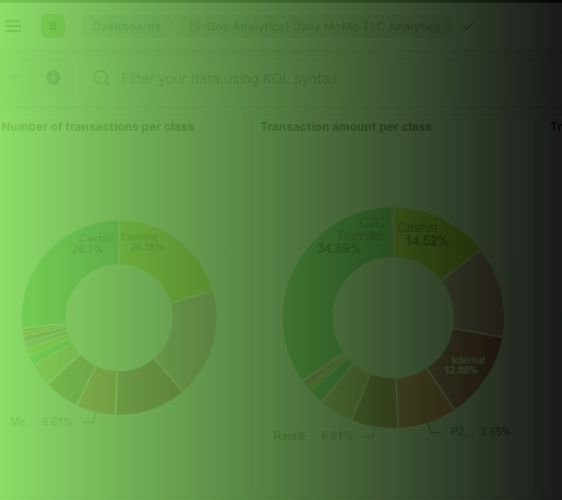Mastering the Five Pillars: Organization, People, Process, Tools, and Influence
1. Organization: Structuring for Efficiency and Independence
2. People: Building the Right Skills and Culture
3: Process: Defining and Standardizing Workflows
4. Tools: Leveraging Automation and Intelligence
5. Influence: Driving Change Beyond the BAFM Team
Final Thoughts: Maturity is a Journey, Not a Destination
Mastering the Five Pillars: Organization, People, Process, Tools, and Influence
Fraud and revenue leakage are constant threats for telecom operators and regulators that evolve just as quickly as the technology and services we offer. For telecom operators committed to secure their revenues and protect their business integrity, a mature Business Assurance and Fraud Management (BAFM) function is not just a best practice, it’s a necessity.
In this article, we’ll walk you through the five foundational pillars that must be aligned to achieve a truly mature and sustainable BAFM capability: Organization, People, Process, Tools, and Influence.
1. Organization: Structuring for Efficiency and Independence
The first step toward maturity in BAFM is having the right organizational structure. A mature function must be clearly defined within the company’s organization chart, ideally operating independently from operational and revenue generating units to maintain neutrality and objectivity.
Key Considerations:
- Establish BAFM as a standalone department or within Internal Audit, Finance, or Risk Management.
- Define clear roles and responsibilities across fraud detection, revenue assurance, and reporting teams.
- Ensure direct access to senior leadership for visibility and influence.
Pro Tip: Alignment with regulatory or group governance standards adds credibility and sets a strong foundation for expansion.
2. People: Building the Right Skills and Culture
People are the engine of a successful BAFM function. Even the best systems can’t detect or prevent fraud without skilled professionals who understand both the business and the evolving threat landscape.
Key Considerations:
- Hire or upskill professionals in telecom operations, data analytics, audit, and cybersecurity.
- Foster a culture of accountability and vigilance across all departments.
- Promote continuous learning and certifications (e.g., CFCA, ACFE) to stay ahead of fraud trends.
Pro Tip: Combine internal experts with external consultants or technology partners for fresh insights and scalability.
3: Process: Defining and Standardizing Workflows
Having well-documented, repeatable processes is critical to a mature BAFM function. Without standard operating procedures (SOPs), even skilled teams can falter under pressure.
Key Considerations:
- Document workflows for fraud detection, investigation, escalation, and closure.
- Align revenue assurance checks with key revenue streams: voice, SMS, data, and mobile money.
- Integrate BAFM processes with incident management and audit trails.
Pro Tip: Use KPIs and audit logs to measure process effectiveness and demonstrate value to leadership.
4. Tools: Leveraging Automation and Intelligence
The right technology stack is the backbone of modern BAFM functions. Manual processes can’t scale to handle the volume, speed, and complexity of telecom services today.
Key Considerations:
- Invest in tools that provide real-time monitoring, AI-based anomaly detection, and customizable dashboards.
- Ensure integration across multiple data sources: CDRs, Billing, IN, MFS, and CRM systems.
- Automate repetitive tasks such as usage threshold checks, reconciliation, and report generation.
Pro Tip: Our S-ONE RA and S-ONE FRAUD solutions are purpose-built to provide end-to-end assurance for telecom environments, including intelligent alerting and revenue leakage detection.
5. Influence: Driving Change Beyond the BAFM Team
A mature BAFM function extends its influence beyond the boundaries of its own team. It works cross-functionally, gains executive support, and helps shape company-wide decisions through data-driven insights.
Key Considerations:
- Establish regular reporting mechanisms to share trends and risk insights with C-level executives.
- Partner with sales, marketing, product, and IT to embed fraud prevention and assurance early in the service lifecycle.
- Cultivate relationships with external stakeholders like regulators, auditors, and industry forums.
Pro Tip: Influence is not only about authority, it’s about credibility. Consistently delivering results will earn you a seat at the strategy table.
Final Thoughts: Maturity is a Journey, Not a Destination
Maturing your BAFM function doesn’t happen overnight, it’s a strategic evolution that demands investment in people, processes, and technology. But the payoff is significant: stronger revenues, reduced fraud losses, and higher trust from customers and stakeholders.
At Synaptique, we specialize in helping telecom operators level up their assurance capabilities with intelligent tools, expert services, and tailored strategies.
